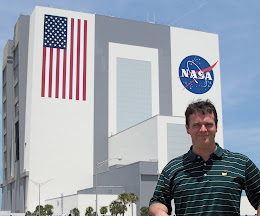 |
| Geminids will peak on Dec. 13 and 14. (NASA) |
A comet known as 3200 Phaethon will swing across Earth's orbit, it's tail made up of space rocks creating a multitude of meteors across the midnight sky. Once thought to be an asteroid due to its lack of an icy shell, astronomers have learned Phaethon's ice melted due to its several close trips around our Sun.
"The Geminids is usually one of the best meteor showers of the year," said Chief Astronomer David Dundee of the Tellus Science Museum near Atlanta on Monday. "They are usually bright meteors, and the Moon will not interfere this year either."
Observers will forgo the need of a telescope instead placing a blanket or lawn chair in an open area empty of any light pollution. Dundee noted that the celestial event may reach up to of 100 meteors per hour as observers look to the east from around midnight to dawn on Wednesday.
"It usually produces at least 50 meteors per hour, last year we had over 120 per hour," Dundee added. "Fortunately, the Moon will be a waxing crescent during this event; thus, it will set early so its light will not interfere with observations of fainter meteors."
A network of ground cameras sponsored by NASA's Meteoroid Environment Office have been busy capturing the Geminids during December providing astronomers key images of the streaking fireballs. The black and white images can detail a meteor's direction of travel, and give astronomers a better count of just how many hit our atmosphere per hour. Six of the fifteen cameras are located in the southeast, including one a top Tellus; four in the Ohio-Pennsylvania region, and five in New Mexico and Arizona.






